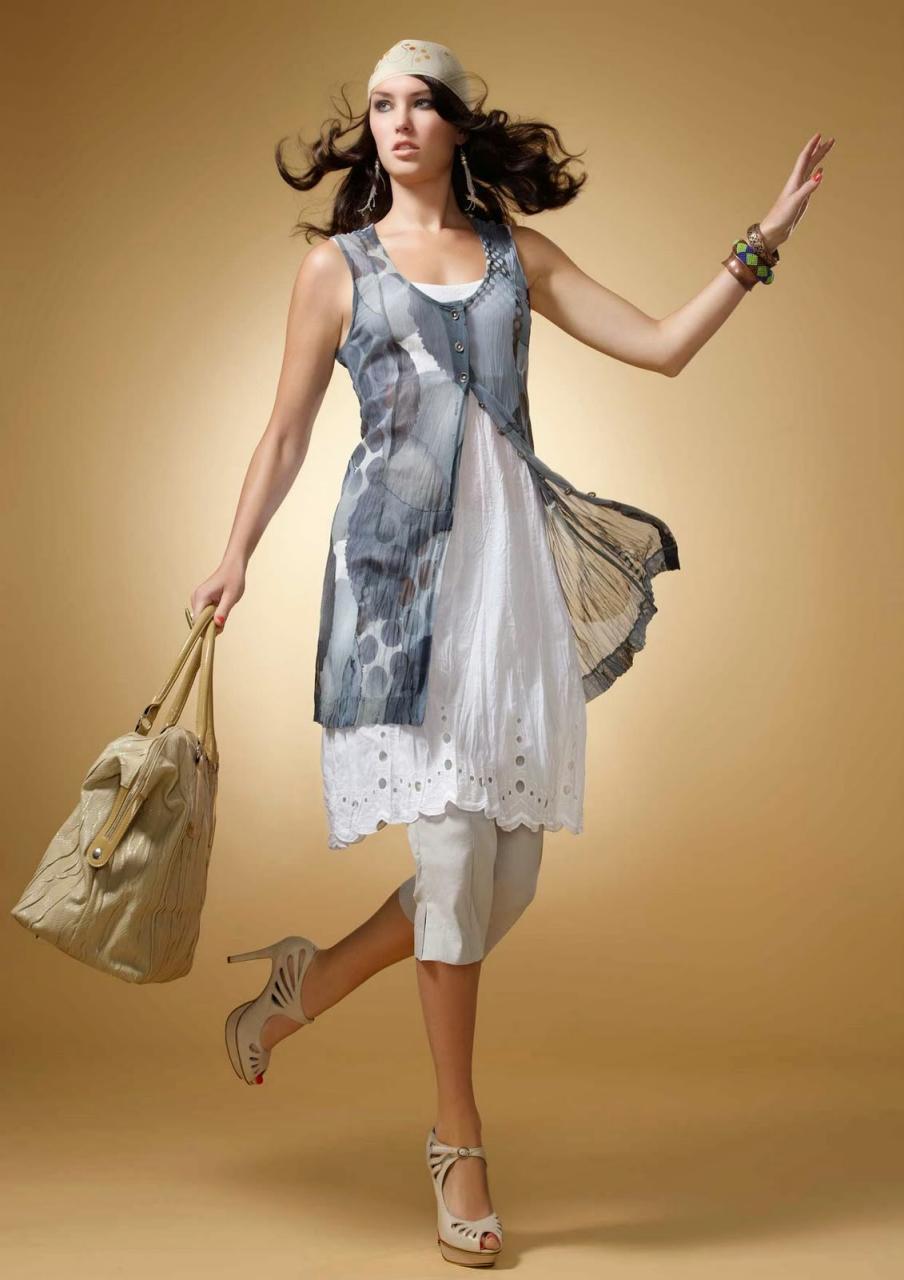
Fashion is a dynamic and ever-changing industry that has played a significant role in human culture for centuries. From functional garments designed for protection and modesty to today’s cutting-edge styles, clothing has always been a reflection of societal values, technological advancements, and individual expression.
Historical Evolution of Fashion
Throughout history, fashion trends have evolved in response to various factors, including climate, social status, and technological innovations. Here’s a brief overview of some key periods in fashion history:
Ancient Civilizations: In ancient Egypt, Mesopotamia, and Greece, clothing was primarily made from natural materials like linen and wool. Draped garments, tunics, and togas were common, with clothing indicating social status.
Medieval Europe: The Middle Ages saw the rise of elaborate and heavily layered clothing, particularly among the aristocracy. Women’s fashion included corsets and floor-length gowns, while men wore doublets and hose.
Renaissance: The Renaissance brought a shift towards more natural silhouettes and fabrics. Rich, luxurious textiles like silk and velvet became fashionable, and clothing featured intricate embroidery and embellishments.
19th Century: The 19th century witnessed dramatic changes in fashion. The Industrial Revolution led to mass production, making clothing more accessible. Women’s fashion saw the emergence of the hoop skirt, corsets, and intricate bonnets.
20th Century: The 20th century brought significant shifts in fashion, from the flapper dresses of the 1920s to the mod styles of the 1960s. The latter half of the century introduced casual wear like jeans and t-shirts, as well as the rise of high fashion houses and designer labels.
21st Century: The 21st century has been marked by a diverse range of fashion trends, influenced by technology, sustainability, and global connectivity. Athleisure, sustainable fashion, and gender-neutral clothing have become prominent trends.
The Role of Technology
Technology has played a pivotal role in shaping the fashion industry. Innovations in textiles, manufacturing, and communication have transformed how clothing is designed, produced, and consumed.
Textile Innovations: The development of synthetic fibers like nylon and polyester in the mid-20th century revolutionized fashion. These materials offered durability, versatility, and new design possibilities.
Mass Production: Advances in manufacturing, including assembly-line production and automation, enabled the mass production of clothing. This made fashion more accessible and affordable for a wider range of consumers.
E-commerce: The internet and e-commerce platforms have reshaped the way people shop for fashion. Online retail allows consumers to explore a vast array of brands and styles, making fashion more global and accessible.
3D Printing: Emerging technologies like 3D printing have the potential to transform fashion production. Designers can create intricate, customized pieces, reducing waste and offering a more sustainable approach to fashion.
Fashion and Sustainability
As environmental concerns have gained prominence, sustainability has become a critical consideration in the fashion industry. Sustainable fashion encompasses ethical practices, eco-friendly materials, and responsible manufacturing processes.
Ethical Practices: Ethical fashion promotes fair labor practices, safe working conditions, and fair wages for garment workers. Brands that prioritize ethical practices often adhere to certification standards like Fair Trade.
Eco-Friendly Materials: Sustainable fashion embraces materials that have a lower environmental impact, such as organic cotton, bamboo, and recycled fabrics. Vegan leather alternatives are also gaining popularity.
Circular Fashion: The concept of a circular fashion economy aims to reduce waste and extend the lifecycle of clothing through practices like recycling, upcycling, and clothing rental services.
Consumer Awareness: As consumers become more informed about the environmental and social impact of their clothing choices, there’s growing demand for transparency and sustainable options in fashion.
Fashion as Self-Expression
Fashion has always been a powerful means of self-expression, allowing individuals to communicate their identity, values, and personal style.
Cultural Significance: Clothing often reflects cultural heritage and traditions. Traditional attire and ethnic fashion celebrate diversity and connect individuals to their roots.
Gender and Identity: Contemporary fashion is breaking traditional gender norms, offering gender-neutral and androgynous styles. This shift reflects evolving attitudes towards gender and identity.
Subcultures: Fashion has been a vehicle for subcultures to express their unique identities. Punk, goth, hip-hop, and other subcultures have used clothing to convey their beliefs and affiliations.
Conclusion
Fashion is more than just clothing; it’s a reflection of our history, culture, values, and individuality. As technology and sustainability continue to shape the fashion industry, it’s essential to appreciate the evolving nature of fashion while considering its impact on the world. Fashion is not static; it’s a dynamic and ever-evolving art form that will continue to capture our imagination and tell our stories for generations to come.